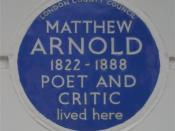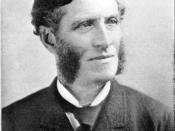Most people think of language as a clear and literal vehicle for communicating ideas in a precise manner. Even when we use language literally, however, misunderstandings arise and meanings shift. People can be intentionally or unintentionally ambiguous, although it seems that when a potentially ambiguous sentence is uttered by the speaker, usually only one of the meanings occurs to him(1). In other words, word denotations can suggest numerous meanings and connotations, either superficial or latent, depending on the context and the sensibility of a reader.
Moreover, we often use words figuratively. Figurative language is used in poetry and fiction, as well as in everyday speech. Most people do not think much about the language they use, and even if they do, they do not seem to realize that much of it comprises figures of speech. We use figures of speech all the time, for effect and for emphasis. Here, in the following example, guitarist Frank Zappa describes his love of his instrument:
If ever there's an obscene noise to be made on an instrument, it's going to come out of a guitar.
On a saxophone you can play sleaze. On a bass you can play balls. But on a guitar you can be truly obscene... Let's be realistic about this, the guitar can be the single most blasphemous device on the face of the earth. That's why I like it... The disgusting stink of a too-loud electric guitar: now that's my idea of a good time(2) .
This example of ordinary, everyday conversation contains many figures of speech, including metaphor and metonymy. Additionally, if the guitarist commented that his guitar was "singing", then this conversation would incorporate personification as well.
In poetry, however, figures of speech are used deliberately and with the poet's full awareness. The act of bringing words...


